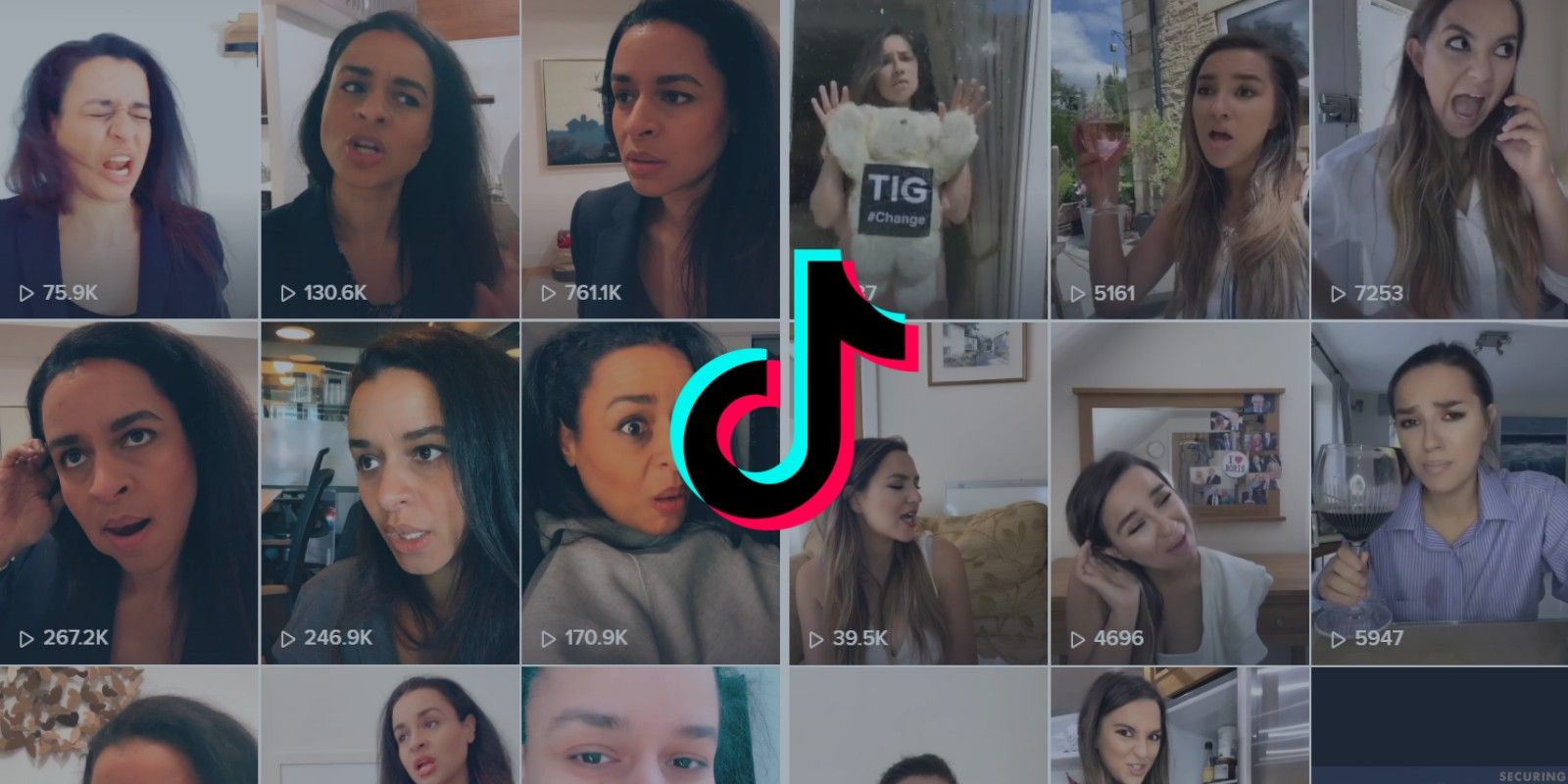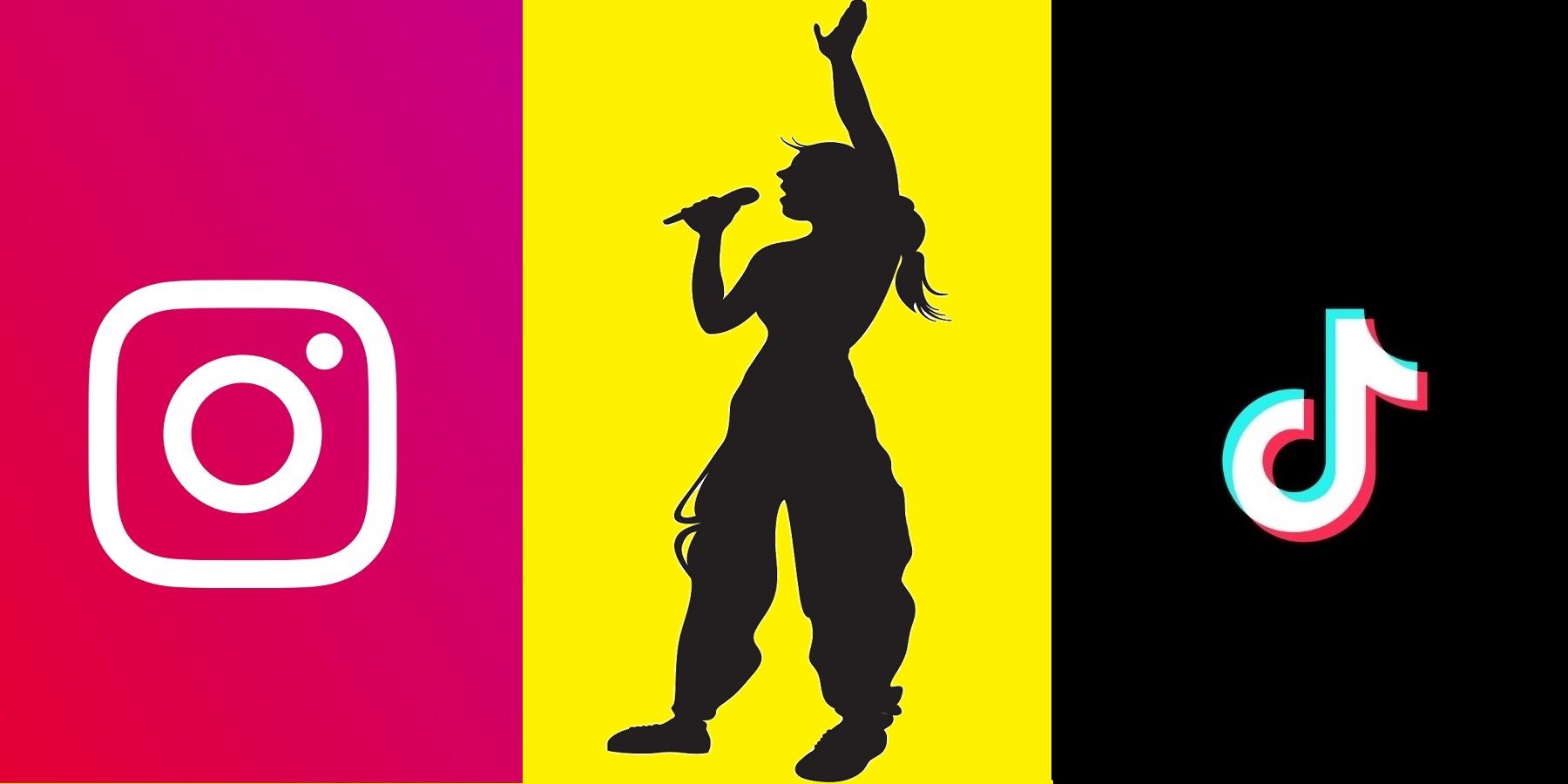TikTok users Sarah Cooper and Meggie Foster have helped repopularize lip-syncing, but not in the traditional way. The new wave of lip-syncing for social media is a trend anyone can jump into.
It's almost a misnomer to call Sarah (aka "whatchugotforme" on TikTok) Cooper's viral videos "lip-syncing". She is technically pretending to speak while we hear other sounds, but lip-syncing is generally done to songs. Comedic TikTok users like Cooper are lip-syncing to other people's speech. In Cooper's case, the videos are usually her performing an interpretation of Donald Trump's idiosyncratic speeches. While it may seem easy to move your lips and gesture while listening to sounds, there's certainly some planning and skill involved to make it convincing. The less convincing the performance is, the more the viewer will focus on that instead of being entertained by the content.
The two key parts of pulling off a lip-sync video like Cooper or Foster are the technology and the performance. As far as the tech goes, TikTok has most of the necessary tools right there in the app. The platform's sound library has a decent amount of audio samples that could be good lip-sync fodder. Beyond that, it's possible to upload your own, original audio. In that case, grab the sound bite from whichever source and upload that. TikTok is very loose about audio copyright since most of these types of videos are very clear satire, but, to be safe, stick to official sources. Either way, despite the existence of apps that can help with lip-syncing, using TikTok audio is likely the easiest way to go.
How to Do the Lip-Syncing Performance Part
The harder part of making a lip-sync video will be... doing it. Some people will try actually lip-syncing, meaning they'll attempt to move their mouths as though they were speaking the words. The problem with this method is that it's noticeable. The solution to that problem is basically to lip-sync the same way people do when making big-budget music videos: say the actual words. Since your vocals will be muted in the final product, you can nail the lip-sync by actually recreating the speech itself. This should help with the gestures and "acting" part of the performance too since it'll be easier to move like you're saying those words since you are literally saying them.
As far as the words themselves, a script can be helpful, but that doesn't factor in cadence. If you want to be accurate with pauses and stutters, it'll require multiple takes, but you can also take advantage of the original content. Since your camera will likely face you, put the original audio source or video somewhere out of frame and face that instead of the camera. If you're doing a lip-sync video that imitates a conversation between multiple people, that's even easier since you'll be able to take advantage of camera cuts. That way, you'll only need to sync the clips of you speaking to the timing of the sound, rather than matching that timing with your speech in one take.
Source: Sarah Cooper [TikTok], Meggie Foster [Tiktok]


